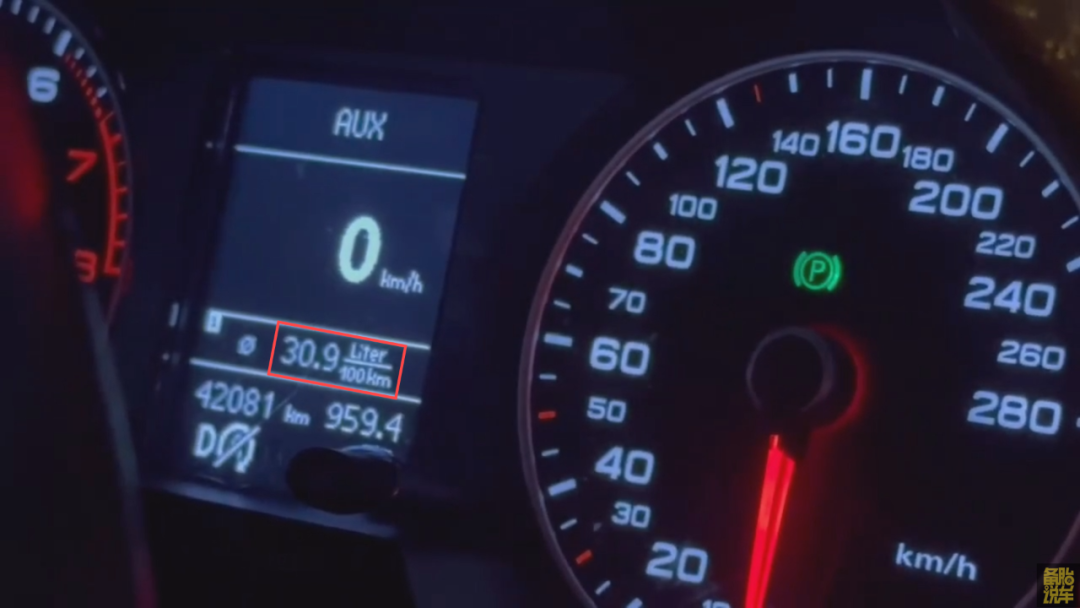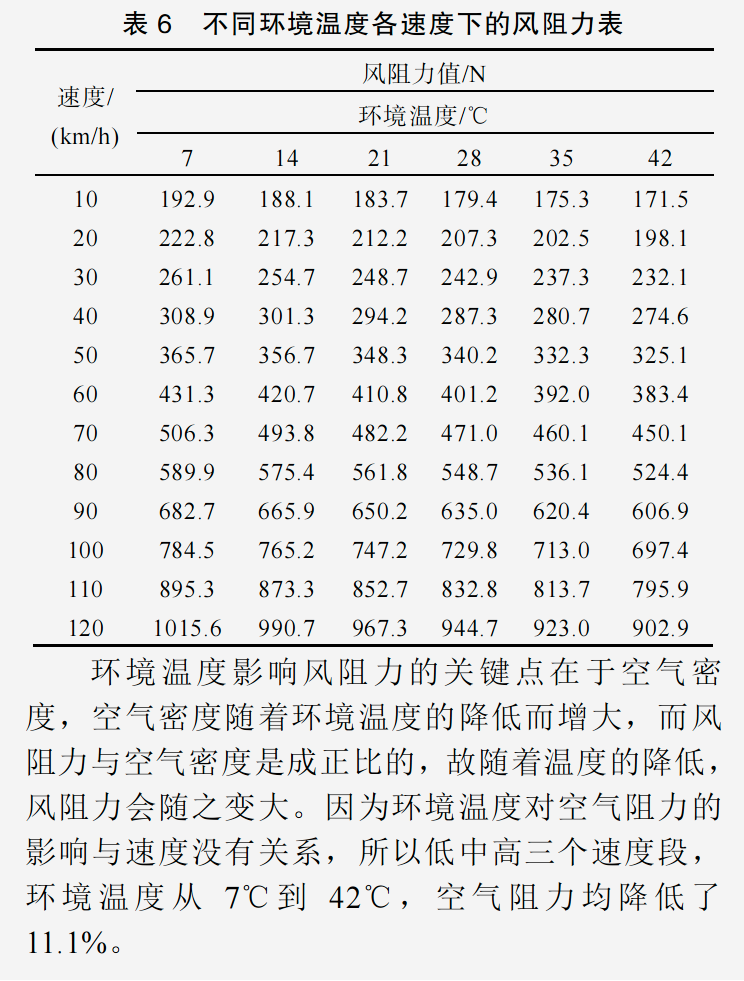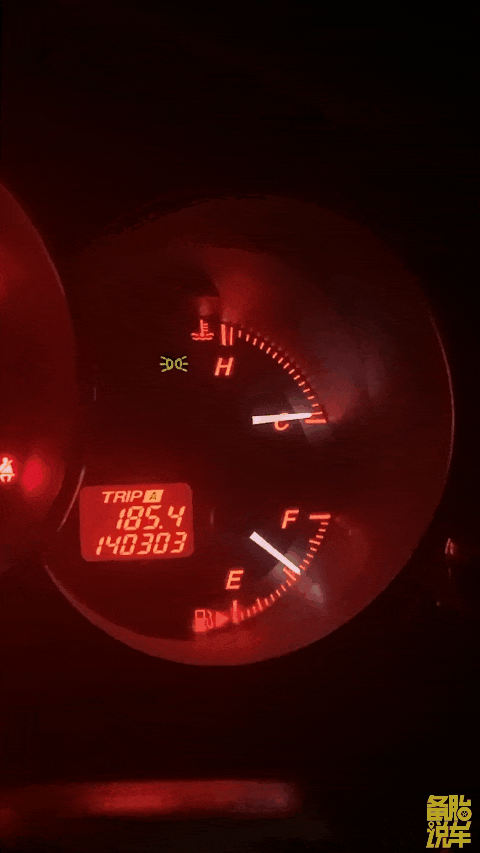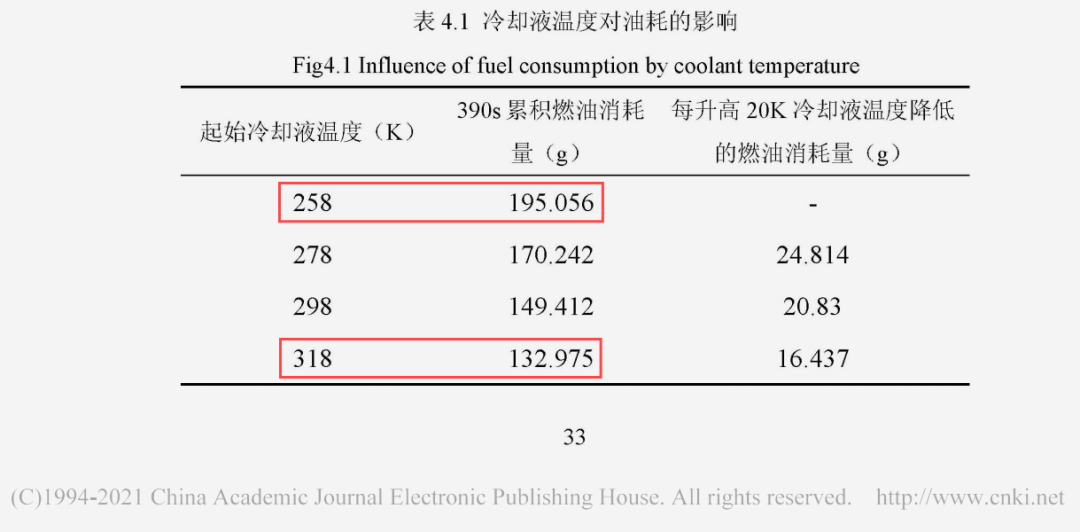Introduction
Have you ever noticed your car’s fuel consumption spiking during the winter months, even when you’re not using the air conditioning? For drivers in colder climates, this seasonal increase in fuel costs can be a puzzling and costly mystery. Let’s delve into the science behind why winter driving demands more fuel and uncover practical strategies to optimize your driving efficiency.
1. Increased Driving Resistance in Winter
Cold air is denser than warm air, creating greater aerodynamic drag on your vehicle. Think of it as stirring a spoon in water versus honey—the thicker fluid requires more effort. Similarly, your car’s engine has to work harder to push through the dense winter air, leading to higher fuel consumption.
Air Density Impact
Studies indicate that air density increases by approximately 10% when temperatures drop from 25°C to 0°C. This forces your engine to consume more fuel to maintain speed, as it battles against the increased resistance.
Tire Pressure
Cold weather can also reduce tire pressure, increasing rolling resistance. Properly inflated tires can mitigate this issue and improve your car’s mileage. Check your tire pressure monthly, especially during the winter months.

2. Engine Challenges in Cold Weather
Cold starts significantly affect fuel efficiency. Here’s a closer look at why:
A. Extended Warm-Up Periods
In winter, engines must heat up from freezing temperatures to their optimal operating range (around 90–100°C). The engine control unit (ECU) compensates by injecting extra fuel to accelerate warming, similar to turning up a stove’s flame.
- Fuel Consumption During Warm-Up: At -15°C, a cold start can consume 195g of fuel in 390 seconds. At 45°C, the same process uses only 133g—a 40% difference.
- Prolonged Idling: In extreme cold, drivers may idle their cars for 10–20 minutes to defrost windshields, further wasting fuel.
B. Poor Fuel Atomization
Low temperatures reduce gasoline’s流动性 (fluidity), making it harder to vaporize. Thick, poorly atomized fuel burns less efficiently, leading to incomplete combustion and higher emissions.
- Gasoline viscosity increases by 75% when temperatures drop from 0°C to -10°C.
- Older carbureted vehicles struggle to draw fuel in winter, while modern engines may produce black exhaust smoke due to unburned fuel.

3. The Hidden Cost of Using the AC in Winter
While winter AC usage might seem unnecessary, activating the defrost mode often triggers the compressor to dehumidify air. This adds load to the engine, similar to running the AC in summer—except your car is already battling cold-related inefficiencies.
- Compressor Drag: The AC compressor consumes engine power, reducing fuel economy by 5–10% even in winter.
- Battery Strain: In electric vehicles (EVs), heating systems drain the battery faster, shortening driving range.

4. Should You Press the AC Button in Winter?
For traditional gas-powered cars:
- Defrost Mode: Automatically engages the AC compressor. Use it sparingly to avoid unnecessary fuel waste.
- Heating Only: Cabin heat relies on engine waste heat, so turning off the AC button saves fuel.
For electric vehicles (EVs):
- Heat Pumps vs. Resistive Heaters: Heat pumps are more efficient but still impact range. Precondition the cabin while plugged in to conserve battery.
Tips to Reduce Winter Fuel Consumption
- Minimize Idling: Modern engines warm up faster while driving. Start moving gently after 30–60 seconds.
- Check Tire Pressure Monthly: Cold weather lowers tire pressure by 1–2 PSI. Maintain manufacturer-recommended levels.
- Use Block Heaters (For Diesel Engines): Reduces warm-up time and fuel use in sub-zero temperatures.
- Park Indoors: Garages or covered parking slow engine cooling, reducing the energy needed for reheating.
- Upgrade to Low-Viscosity Oil: Improves cold-start performance and lubrication.

Conclusion
Winter driving inherently demands more fuel due to physics, engine mechanics, and climate control needs. By understanding these factors and adopting proactive measures, drivers can mitigate seasonal spikes in fuel costs. Stay warm, drive efficiently, and let science guide your winter commutes!

References
- Xu Chan et al., Impact of Ambient Temperature on Vehicle Driving Resistance, Automotive Practical Technology, 2022.
- Feng Zheng, Simulation Study on the Impact of Coolant Temperature on Engine Cold Start, Shenyang University of Technology, 2012.
- Miao Weizhi, Engine Compartment Temperature Field’s Effect on Fuel Economy, Nanjing Forestry University, 2018.
Note: This article simplifies technical concepts for readability while retaining scientific accuracy. Always consult your vehicle manual for model-specific advice.
